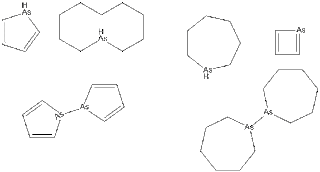Have u just broken the end of your favourite flash column? Is your glassblower over worked and won't get to your column for a few months?
Here is a quick and dirty fix for the end of your column. Simply find an appropriately sized disposable nalgene syringe (polypropylene types only, otherwise you will extract out nasty plasticisers, don't use the Terumo ones with the black plunger tips), cut the end off and CAREFULLY (with thick gloves) put the cut syringe on the end of the broken column. I do stress that u wear thick garden or oven gloves as that broken column will be mighty sharp and will slice through your hand/finger like butter if you slip. Make sure it's a snug fit - gentle heating of the syringe with a heat gun before application will help.
The end product is a column that will fit any size test-tube. This trick is also handy for those columns that don't fit into the ends of small tubes.
07/12/21 PHD comic: 'James Webb Telescope'
2 years ago







